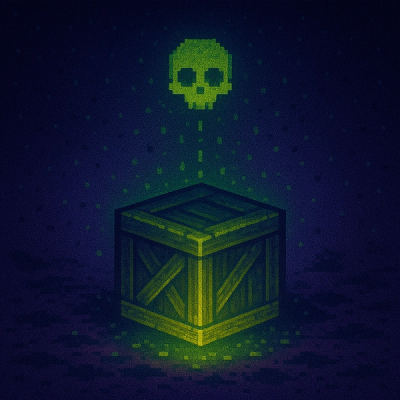Overview
The JurisdictionsGraph class helps to define a data structure relating a set of Jurisdictions in a variety of ways. The main relation is that of parent->child, where a top-level parent is typically a sovereign nation, its children are the first-level administrative divisions (provinces, states, etc), and so on down to cities or towns, as varies by region. Jurisdictions can have any number of children but in practice the number varies between 0 and ~50.
From this parent->child tree structure we get the concepts of ancestors and descendants belonging to a jurisdiction. As each full tree is separately sovereign, any connections between trees are "international", connections within a tree "domestic".
"Connections", specifically instances/extensions of the Connection class can be any of these, with more specific classes extending these to specifically Canada<->Asia connections, directed connections with a distinct 'from' and 'to', and so on.
The connections between jurisdictions end up forming a big tangled graph and the JurisdictionGraph class then serves as a container for that mess and a way of accessing some of its basic properties like the list of all jurisdictions, or all countries, etc without having to do a lot of traversals from one jurisdiction to all the rest. Nevermind the strong possibility of disconnected subgraphs.
Perhaps most importantly it tracks what data is cached in / built-into the graph at any given moment. For example we have to know if the graph is ready for a lookup or if we need to wait for the basic structure to be retrived from the API and built. Many methods realy on this ready-state and so we offer both synchronous and async alternatives for use depending on the context.
Defining new connections
We provide several basic connection types between jurisdictions but leave it up to the implementation to extend and refine these. For instance, we've extended connections to define multilateral trade agreements, borders between jurisdictions, diplomatic missions, twinning relations, businesses, FDI...



